You've seen it before, right? The beautiful hand-drawn renderings, whimsical sketches, expertly crafted models. You're sitting there thinking to yourself, well, I can't do that; I must not be cut out for architecture.
Since you're reading this post, I'm assuming you've felt this way at one time or another, and you're not alone! So many people feel the same as you do, and many of them let those thoughts get in the way of pursuing their dream to study architecture.
Let's make one thing clear—architecture school isn't art school.
Does it help to have art skills and to be able to translate your thoughts and ideas clearly on paper? Of course, it does, but there's so much more to architecture than drawing a pretty picture.
Being a great architect means having insight into so many different aspects of the world around you. It's about knowing what kinds of information you need to know, where to find it, and incorporating those ideas into your designs.
The magical thing is that everyone is creative. Whether or not you think you're creative, you are. Given the exact same information and parameters to a problem as anyone else, you will develop a unique solution that only you could come up with—that's creativity.
If you're struggling with representing your ideas or developing interesting concepts, though, you may need to start thinking outside of the box.
See also: How to Avoid All-Nighters
Disclaimer: Some of the links below are affiliate links. Please understand that I have experience with all of the products I recommend, and I recommend them because they are helpful and useful, not because of the small commissions I make if you decide to buy something. Please do not spend any money on these products unless you feel you need them or that they will help you achieve your goals.
If you're not great at drawing, try model making
You can try additive model making (adding objects to create a form) or subtractive modeling (such as carving space out of a block). You can use wood blocks, relive your lego days, cardboard boxes, create paper forms, etc. Find a way to imagine and explore ideas through form-making.
Having trouble thinking spacially or drawing perspectives?
Try using Sketchup! Sketchup is an amazing free tool that allows you to quickly create meaningful forms digitally, which can then be printed out and sketched over to easily test out different ideas.
Printing out and physically sketching over these conceptual drawings can be a fantastic way to practice drawing, learn how to create perspectival views, and help you begin to really understand the world through a different lens.
See also: Essential Architecture Tools
Want to test out different ideas?
Once you have a design or sketch drawn or printed out, you can overlay multiple layers of trace paper to develop and test out different ideas. This is great for reconfiguring spaces in plan, experimenting with different elevation configurations, playing with section designs, and even diagramming.
Try collaging!
Photoshop* is another fundamental design tool that can be used to create collages and overlay images to develop compositions to portray your ideas. Students and teachers* can take advantage of a very generous discount on the Adobe Cloud programs, including Photoshop, InDesign, Illustrator, and many other programs.
You could even try creating tangible collages using colored paper or magazine cutouts.
Give sketching another go
It can be intimidating to see classmates and coworkers effortlessly churn out beautiful sketches and renderings but you can’t let that stop you from developing your own drawing skills. You can’t compare yourself to someone who has clearly been drawing their entire life. Give yourself a break and embrace your inner child, the part of you that has no fear of “messing up” or embarrassing yourself.
If the fine point of a pencil or pen doesn’t work for you, explore different tools! Try using charcoal, thicker markers, the side of the pencil tip, painting, drawing on tinted paper like newsprint. Instead of drawing a building, you can focus on gesture, form, light vs shadow, etc. You can even try blind contour drawings. There are all kinds of ways you can change it up and find a better tool or method that works for you. Try a combination of tools and methods and open your mind to new possibilities.
If you’re insecure about drawing or expressing your ideas, take more drawing classes. The more you draw, the easier it becomes and the sharper your seeing eye gets. Don’t let the fear of something not being perfect prevent you from trying. Architecture isn’t about perfection, it’s about exploring ideas, trial and error, and finding the balance between form and function.
What I've found through working in architecture is you need to find out what you're good at and what you like doing.
There are so many niches within the architecture and design industry; you just need to find your strengths and leverage them.
As for getting through architecture school, I get that you don’t exactly have the freedom to niche down and focus only on things you’re interested in. That’s by design. You’re still discovering who you are, pushing your limits, and learning all kinds of new things. I urge you to embrace those uncomfortable feelings in areas you’re not as confident in and try to take everything you can out of all your experiences, both inside and outside of school. Our experiences and what we focus on are what define us as designers. Don’t be afraid to do things differently and take advantage of all the resources and liberties available to you.
Happy designing!
♥ Chelsea


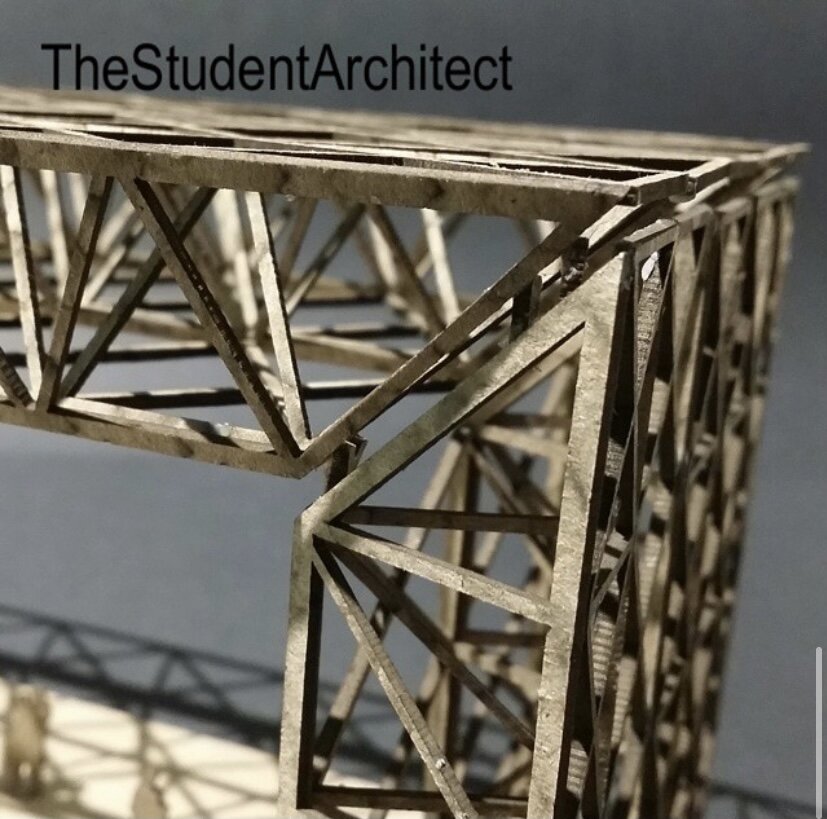

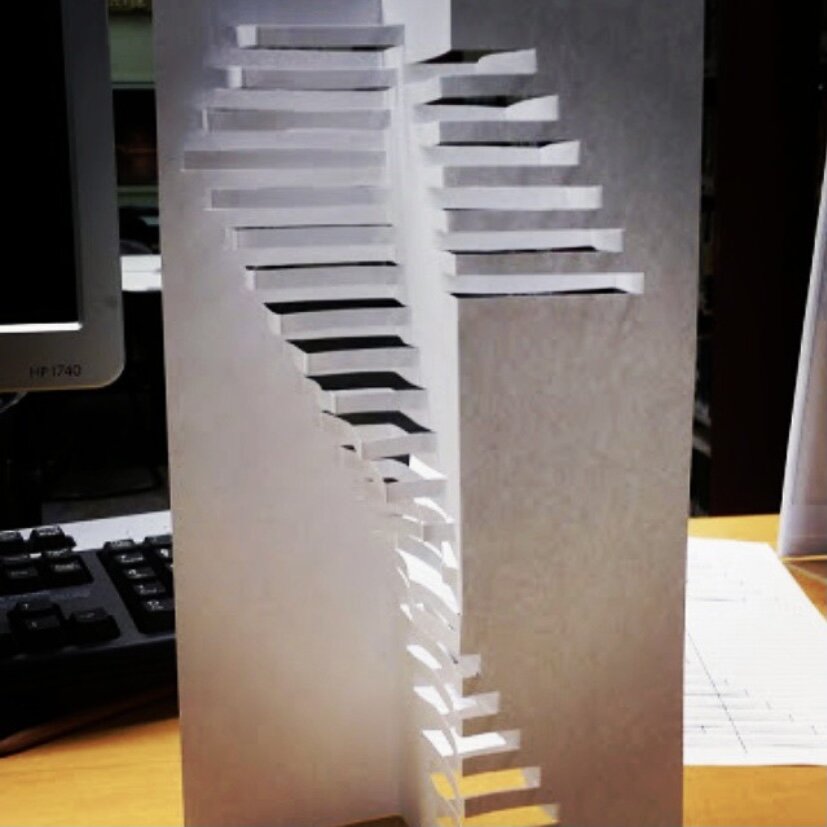
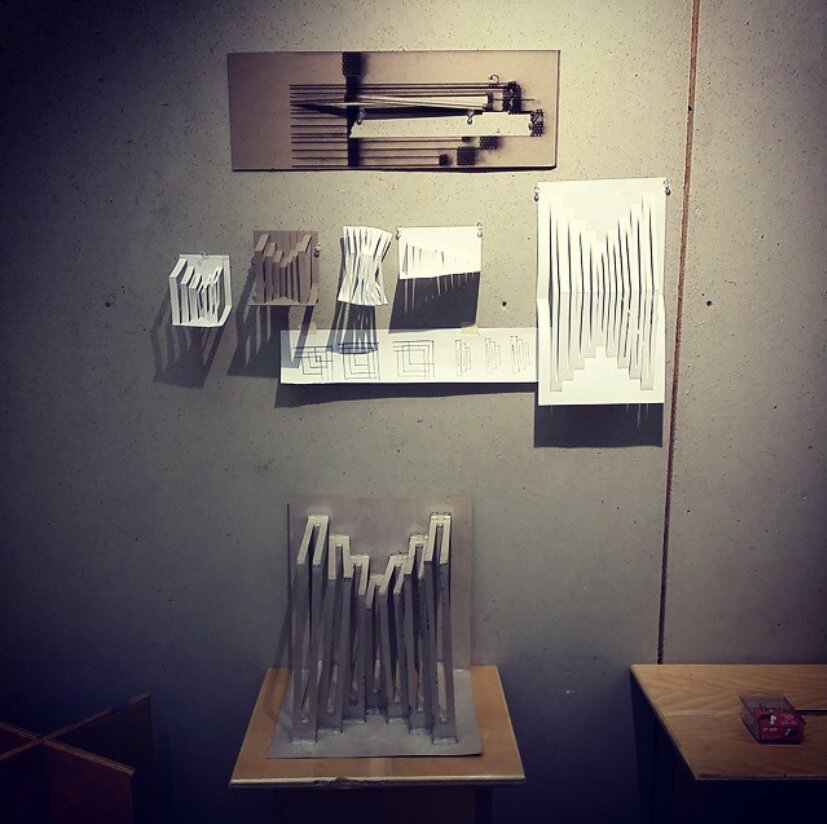
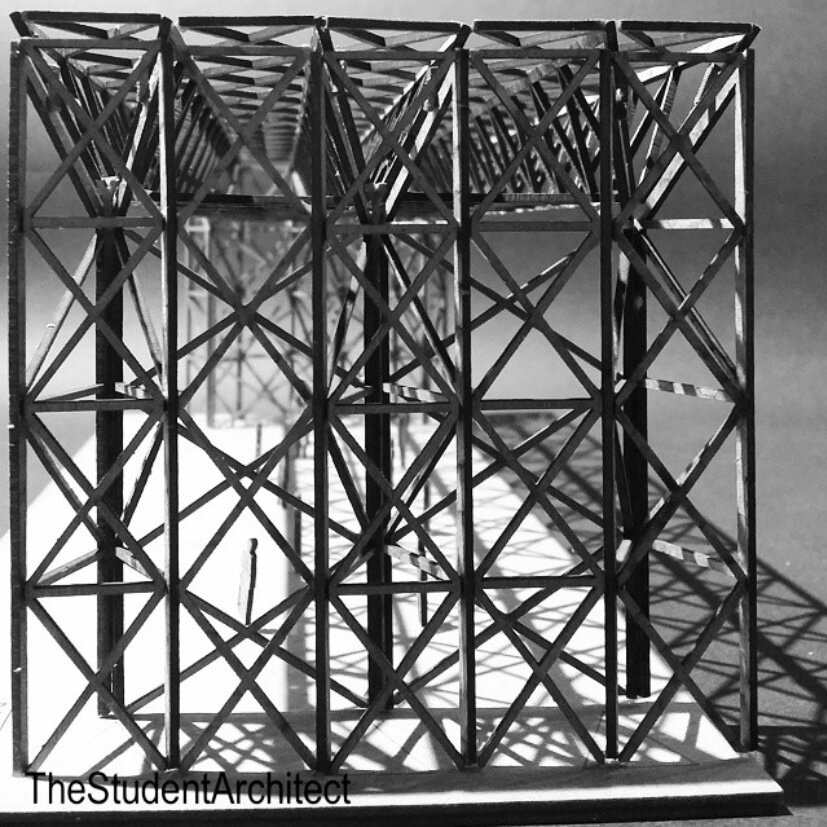
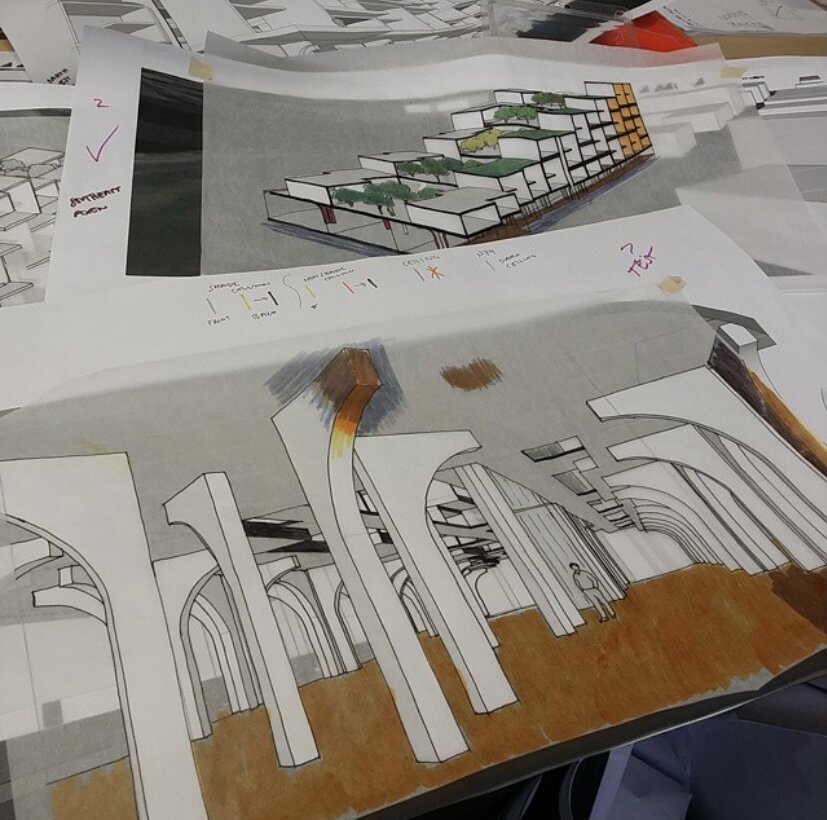
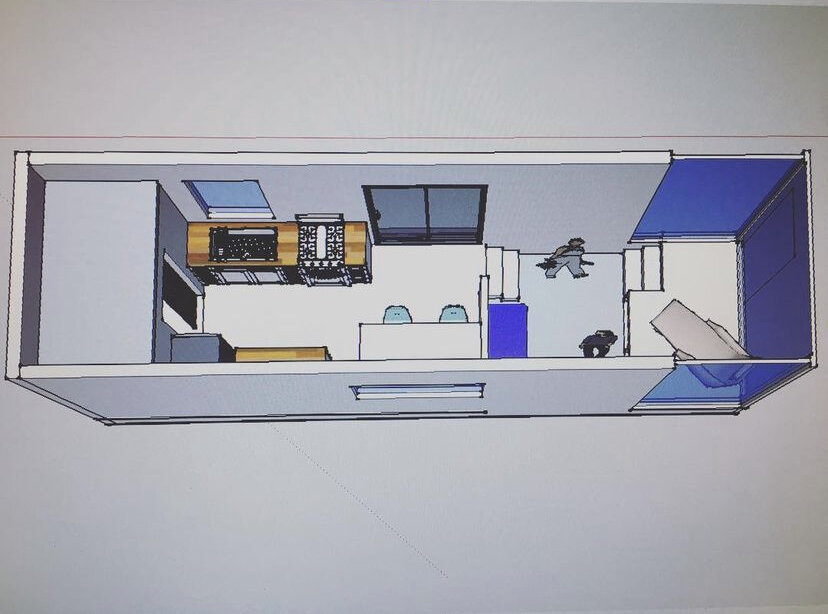




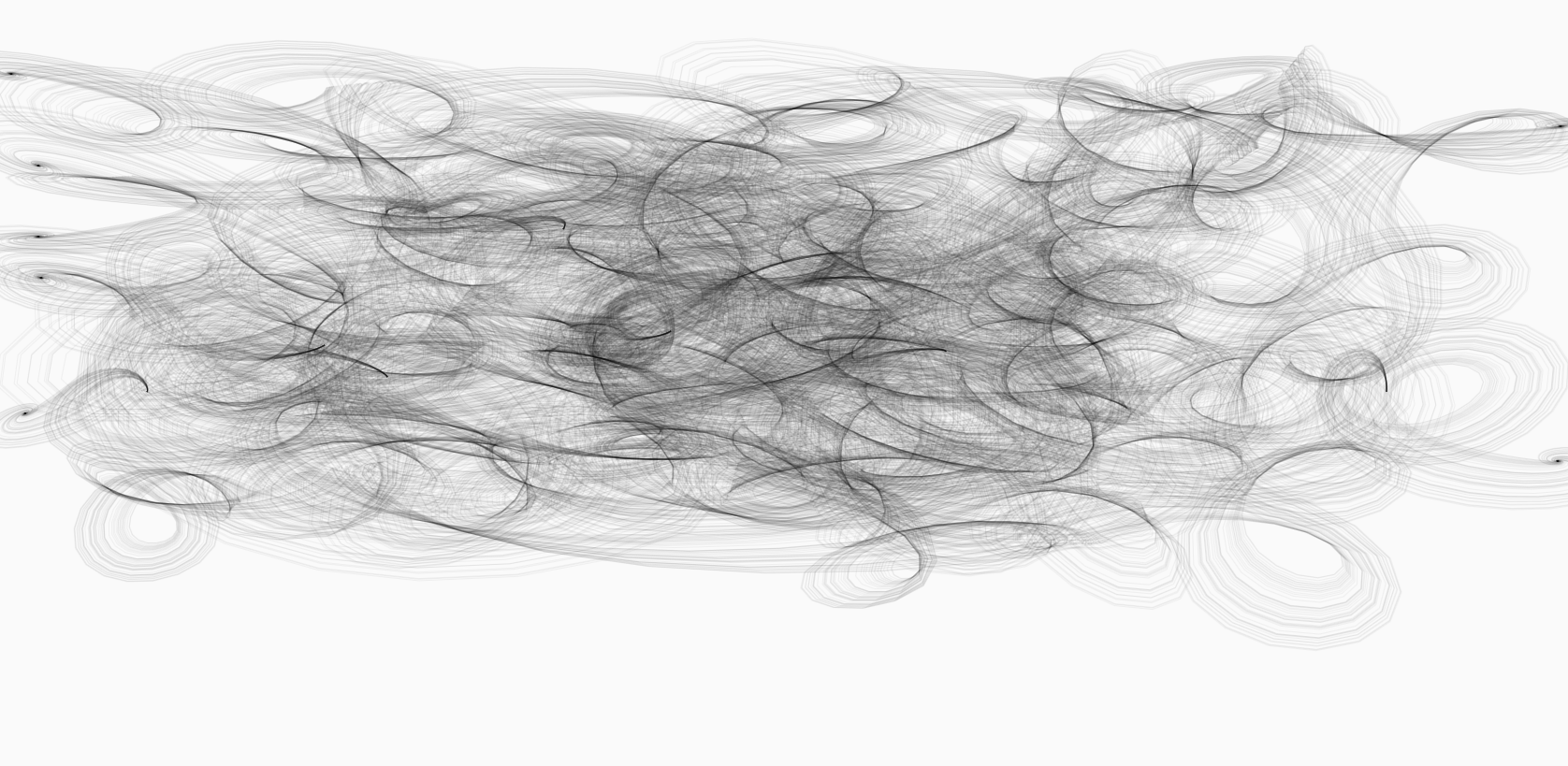
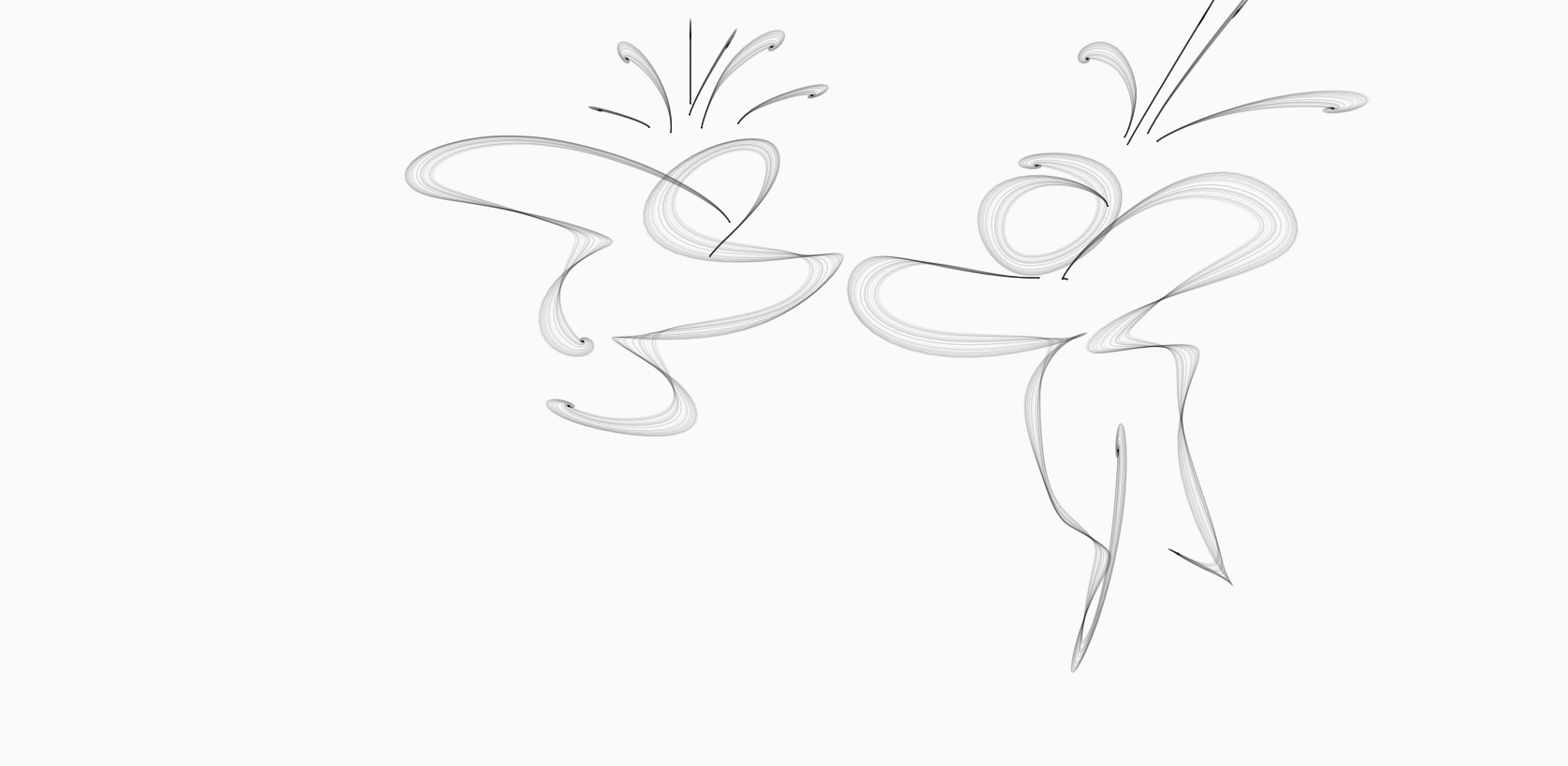
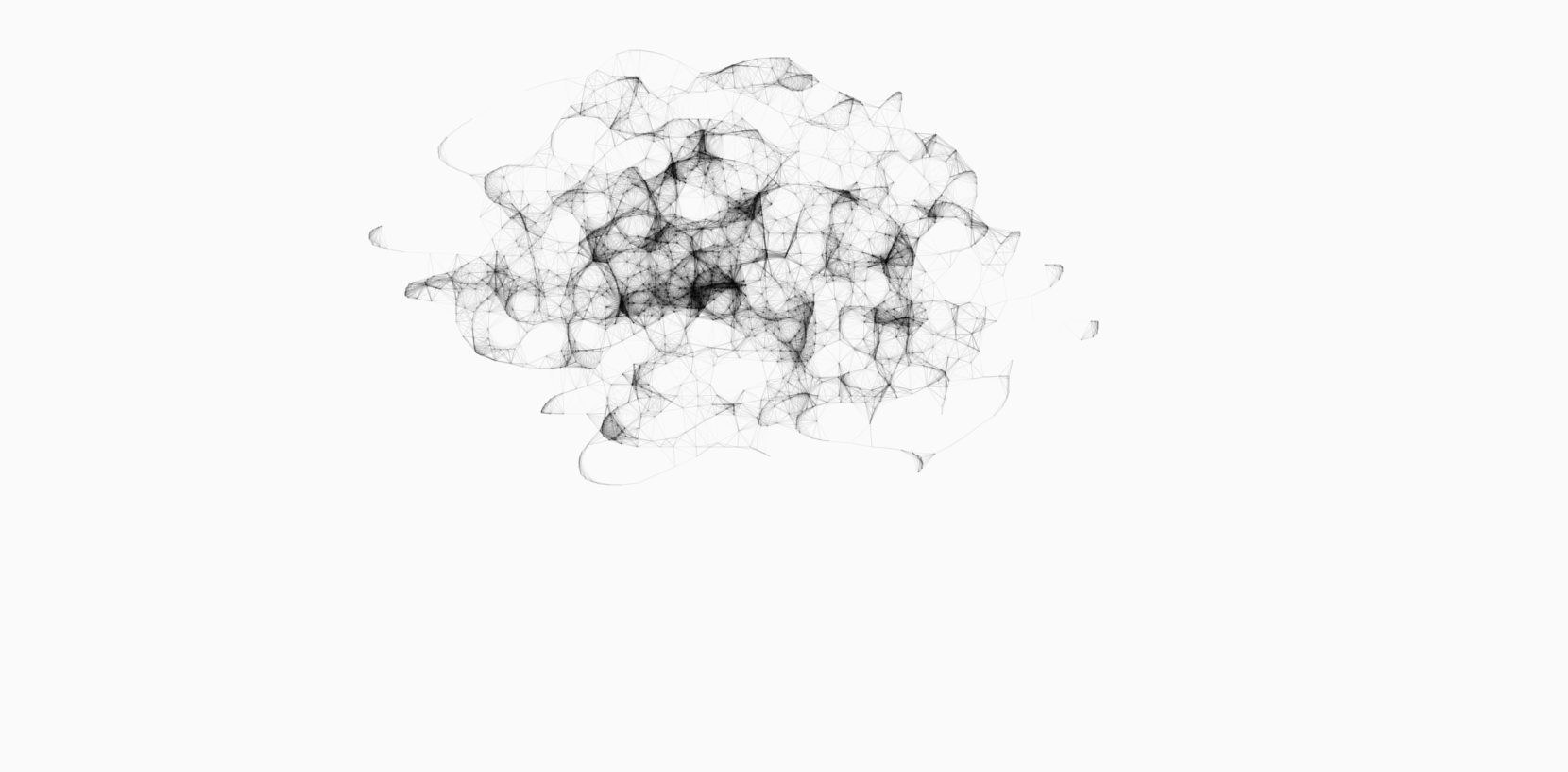

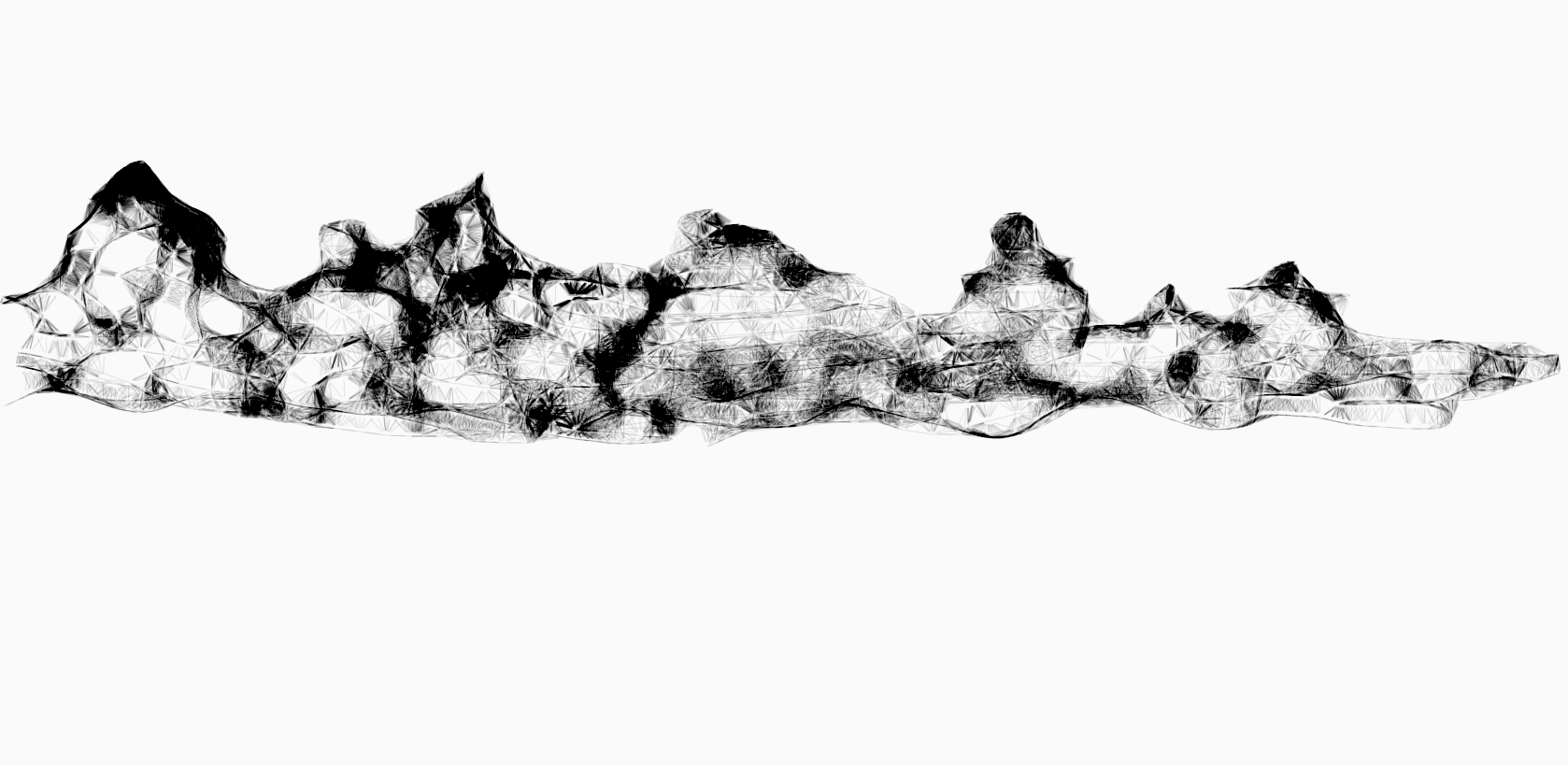
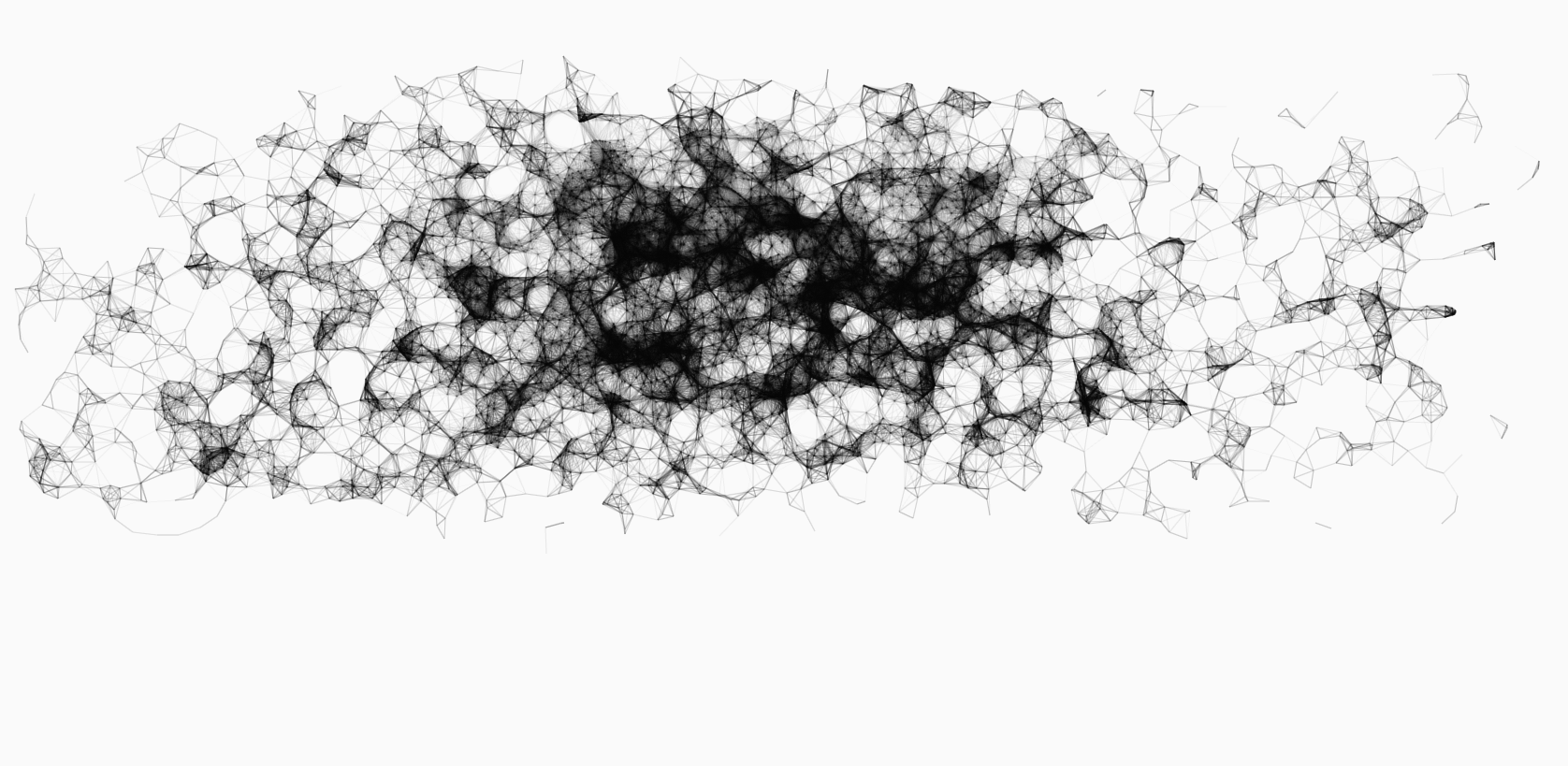



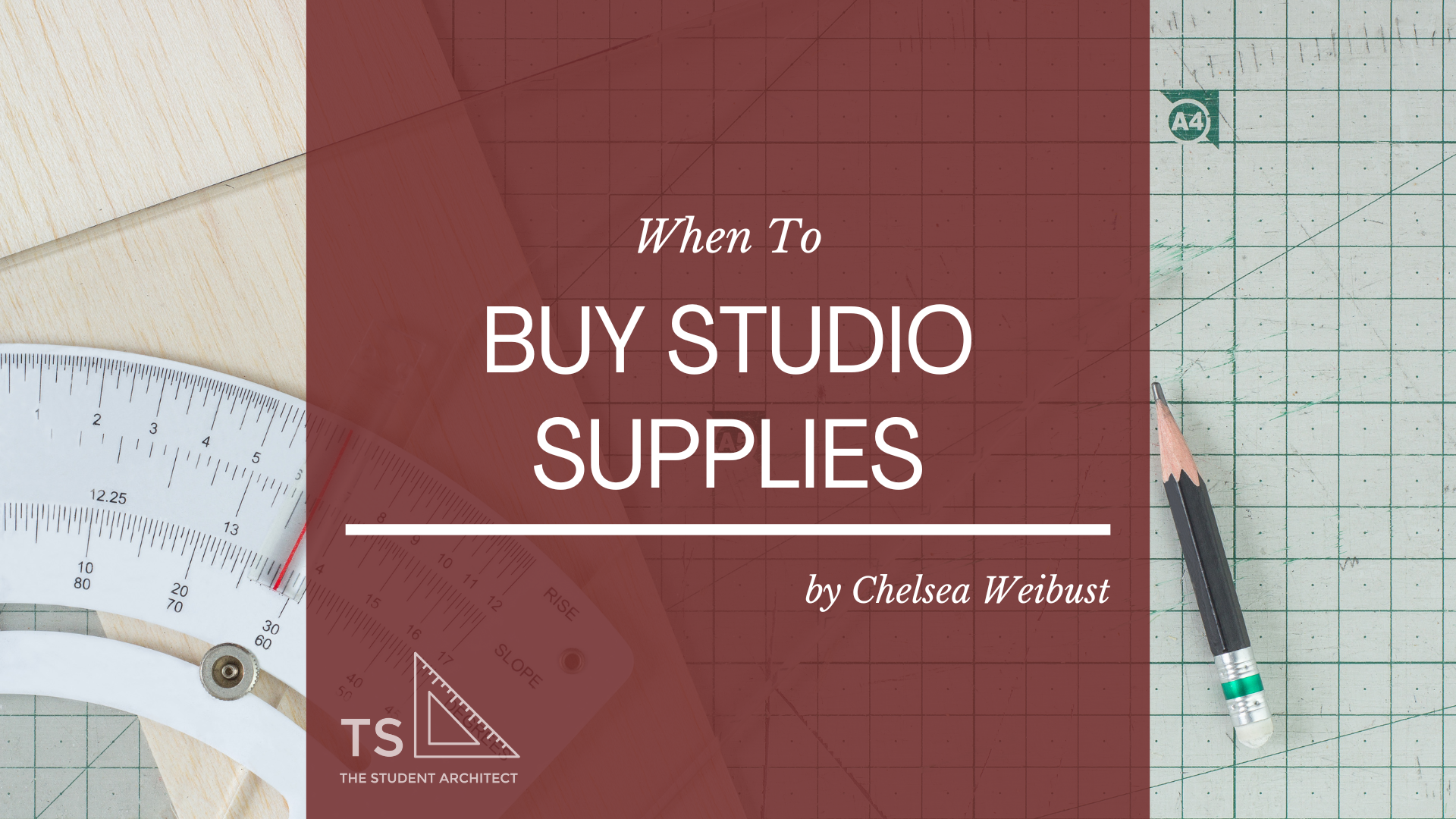



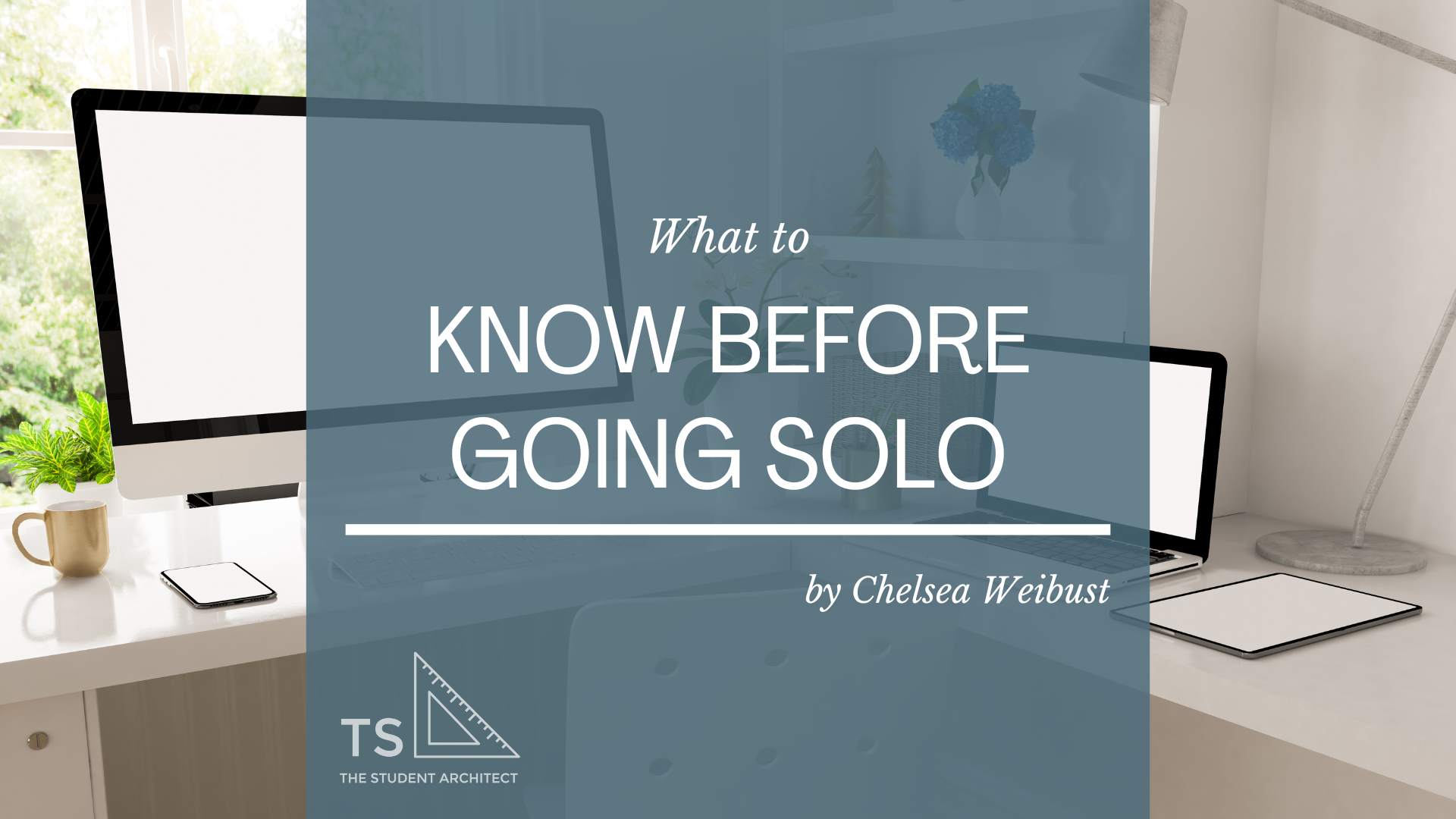





Thinking of leaving the structured world of an architecture firm to go solo? The transition from employee to business owner is a big shift—personally and professionally. Here are five major changes you’ll experience (and grow from!) when you trade firm life for freelancing or running your own design studio—plus tools to help you thrive along the way.